Frankfurt: Continuing the theme of bringing the US to Germany, the skyline and stock exchange of Frankfurt in Hesse brings to mind another obvious comparison – Germany's New York. The Eiserne Steg (iron footbridge) as Brooklyn Bridge, the Main River as the East River – all of course on a slightly smaller scale than in North America.
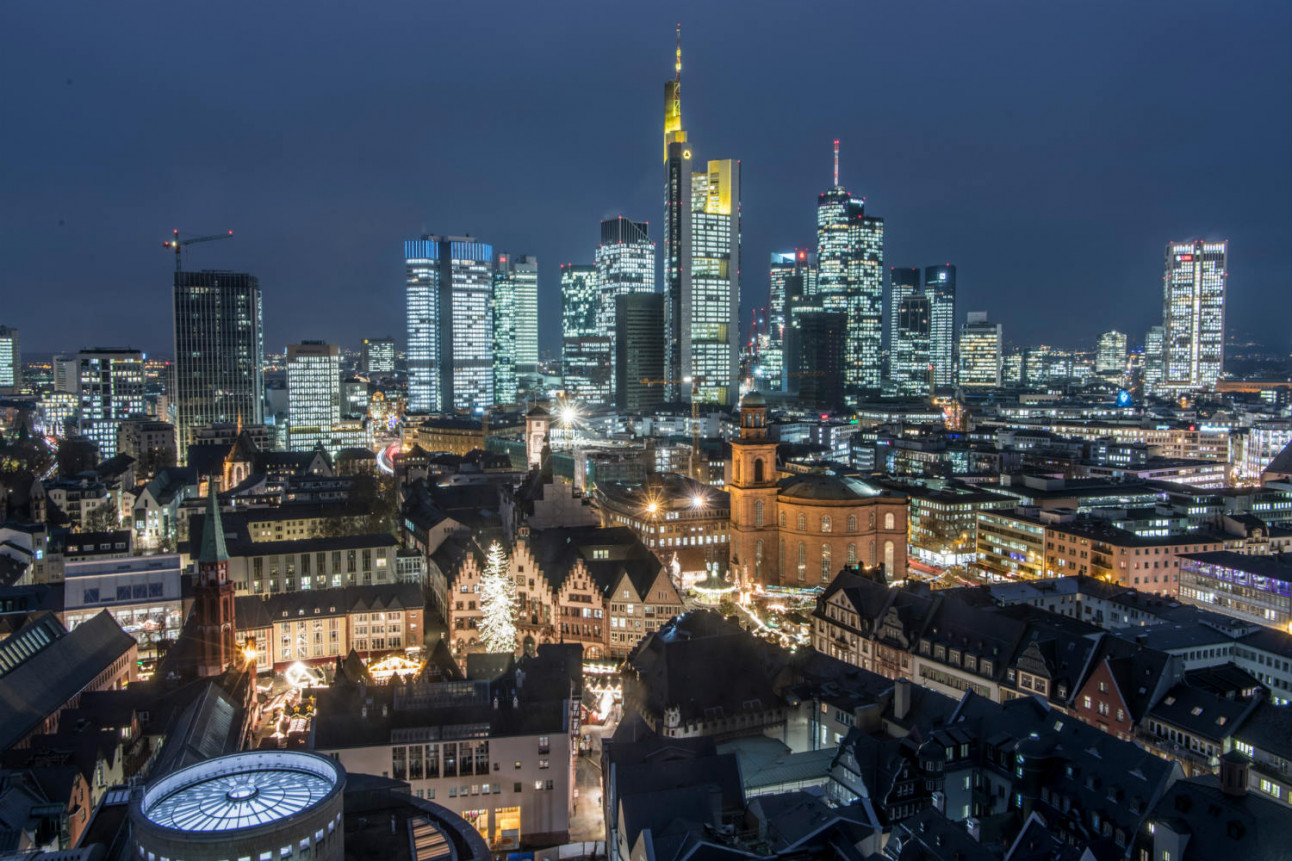
Mainhattan – Frankfurt on the river Main is Germany's answer to NYC. Source: DPA
Hamburg: English-looking rows of houses, residents who love an understated style – and the Beatles started their careers here. No German metropolis is more British than Hamburg. The city of the Reeperbahn and the Elbphilharmonie could pass as the German London.
READ ALSO: Meet the Beatles superfan keeping the Fab Four alive in Hamburg
Bad Homburg: The casino at the gates of Frankfurt advertises itself as the “Mother of Monte Carlo” and with its high number of wealthy inhabitants, the nearby region of Taunus could be seen as Germany’s Monaco – just with a low mountain range instead of the Mediterranean.
Munich: The northernmost city in Italy likes to call itself Munich – and the city’s Odeonplatz looks very much like an Italian piazza. Monaco di Baviera (the Italian name for Munich) could therefore be a great domestic replacement for Florence, Rome, Rimini, Verona, Bologna, Turin, Trieste, Milan or Siena.
Harz: With their forests, high peaks and lakes, Germany's low mountain ranges are reminiscent of Scandinavia. A sense of being in Norway or Sweden is particularly strong in Harz. In the Hahnenklee-Bockswiese district of Goslar there is even a typically Norwegian stave church.
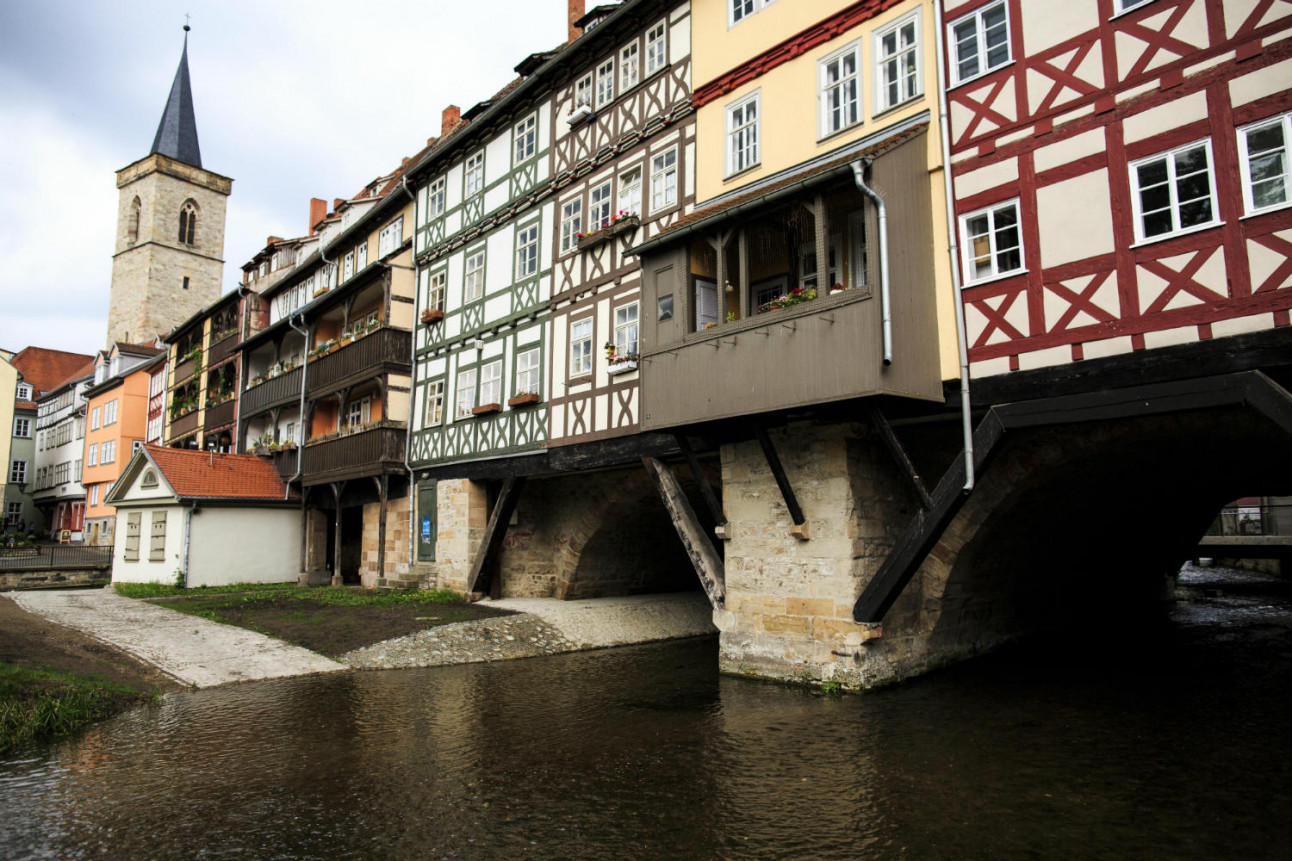
The Krämer Bridge in Erfut. Source: ZB
Erfurt and Dresden: The Krämer Bridge in Erfurt, Thuringia’s capital, is a bridge with buildings on both sides just like the Ponte Vecchio over the Arno in the Italian city of Florence. But it is actually Dresden which is nicknamed “the Florence on the Elbe”.
Wiesbaden and Cologne: Sophisticated architecture, historical buildings – Hesse's state capital of Wiesbaden is a bit like Germany's Paris. Or those craving the French capital may prefer to visit Cologne – its huge cathedral is reminiscent of Notre-Dame – and is even undamaged
READ ALSO: Weekend Wanderlust: Getting my feet wet in Wiesbaden
Görlitz: With its well-preserved buildings from different eras, this city on the Polish border has already been featured in many films, standing in for New York, Berlin, Munich, Frankfurt, Paris, and Heidelberg. “The Grand Budapest Hotel” was just one of the many films shot here.
Berchtesgaden: In Hitler’s time, this Alpine town served as a kind of second seat of government. Because the city is comparatively low – only around 600 meters high – the neighbouring Watzmann mountain with its height of 2700 meters, looks almost as powerful as the Matterhorn does next to the Swiss town of Zermatt.
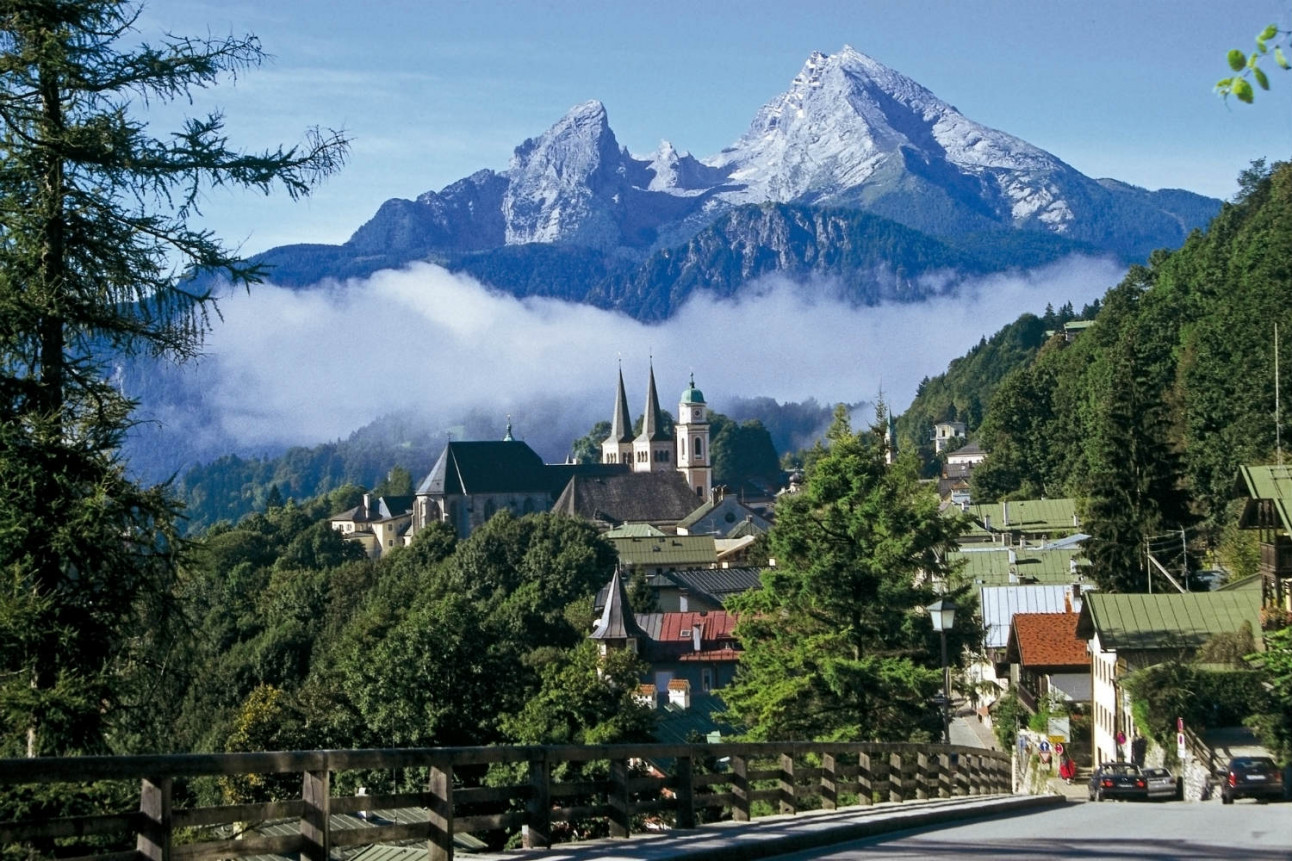
The Watzmann mountain overlooks the alpine town of Berchtesgarten. Source: tmn
Potsdam: Amongst other attractions, this former Prussian residence city has a Dutch quarter and is otherwise known as the city of palaces and gardens, which are reminiscent of Versailles, Vienna, Saint Petersburg or even Italy.
Uckermark: With its hilly landscape, this area is sometimes called the Tuscany of the North. Just under an hour's drive north of Berlin, the Chancellor Angela Merkel also has a dacha (a Russian country house) in Hohenwalde, a municipality in Milmersdorf.
Switzerland: Saxon Switzerland, Franconian Switzerland, Märkische Switzerland, Elfringhauser Switzerland (NRW), Dithmarscher Switzerland (Schleswig-Holstein) – there are dozens of Swiss-place names throughout Germany, although not all of them live up to their name. Whatever.
READ ALSO: Scenery as far as the eye can see in Saxon Switzerland
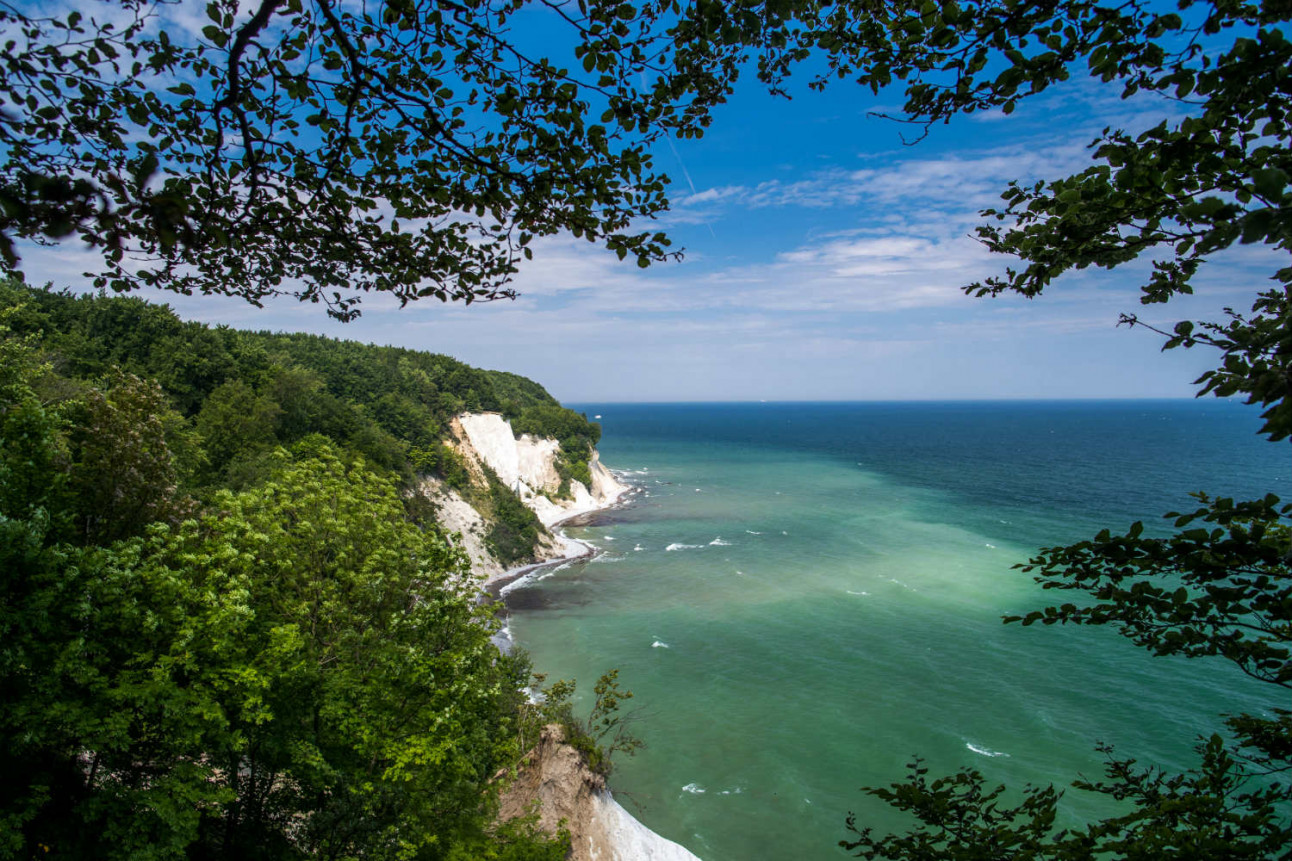
Chalk cliffs on the Island of Rügen in Mecklenburg-Western Pomerania. Source: dpa-Zentralbild
The sea: Thanks to the climate, Binz near the Baltic Sea will never replace Bali and Sylt is no substitute for Saint-Tropez. And Kiel, the capital of Schleswig-Holstein, is not much of a Barcelona either. The pretty islands and towns of the Baltic Sea and North Sea are beautiful in a different way to Mallorca, Ibiza, Sicily, Crete and Co.
World travel via place names: You don't have to fly thousands of kilometers to Brazil, because Germany has places with names from all over the world.
There are several Amerikas, a Jerusalem in Neuenkirchen (in Lüneburg Heide), Siberia in Elmshorn near Hamburg, Greenland in Sommerland near Itzehoe, California in Schönberg on the Bay of Kiel, Siberia in Elmshorn near Hamburg, in Emkendorf (and also Schleswig-Holstein) and in Mohrkirch, south of Flensburg, you can find Sweden and Norway.
And the name Brazil not only denotes the country in South America, but also a beach on the Baltic Sea.
If that's not enough, you can go on a world trip in Schleswig-Holstein, Germany's most northernmost state. There is a village there called Welt (world) – with just 200 inhabitants.
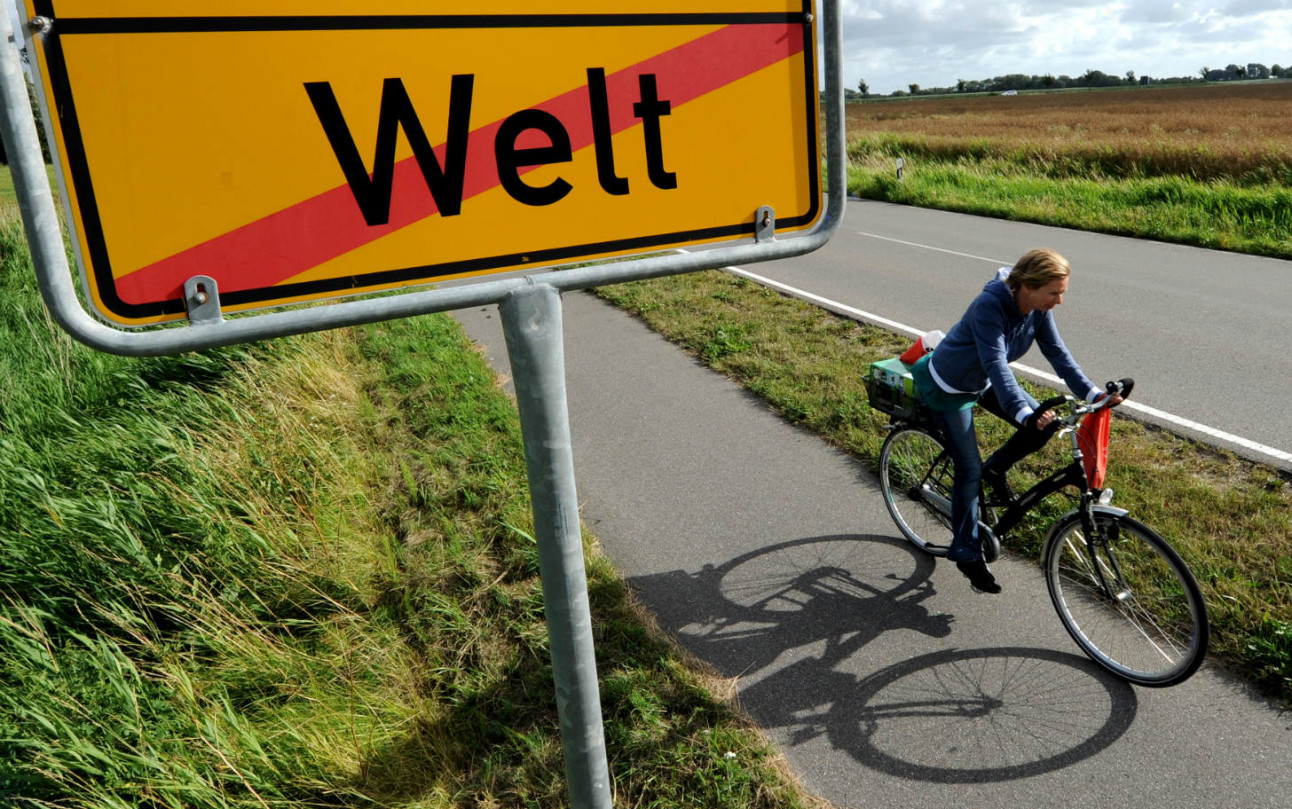
Travel to the end of the world and still be in Germany. Source: dpa
Translated by Sarah Magill

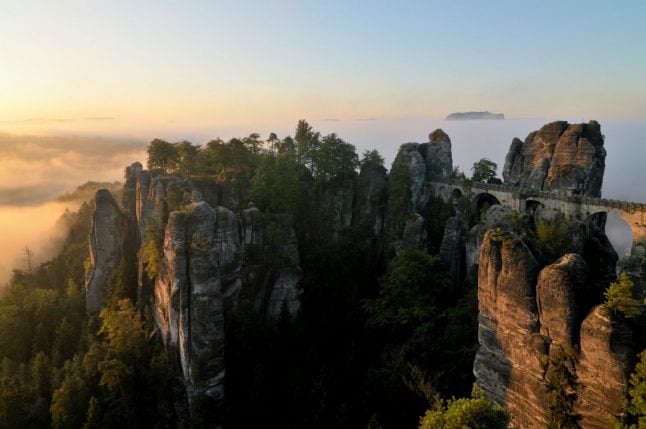

 Please whitelist us to continue reading.
Please whitelist us to continue reading.
Member comments